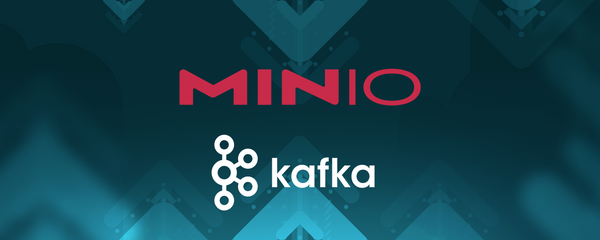SELinux configurations for Private OpenShift deployments

SELinux will try to tag all files in the filesystem, causing the pod start to be delayed until all files are tagged, often when the PVC has a bigger amount of fies this will cause a timeout and the minio container will not even start.
Read more










![Gone [to Prod] in 60 Seconds](/content/images/size/w600/2024/09/gonetoprod-in60seconds-noeyes.jpg)













